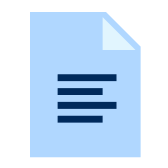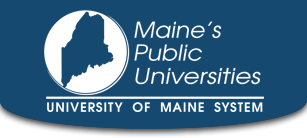Accessible and inclusive teaching
CITL is committed to helping faculty create equitable and inclusive learning environments, and this includes creating and maintaining accessible courses.
Whether online, remote, hybrid, or face-to-face, it is important to remember that courses need to be accessible and inclusive. An accessible and inclusive course is a course that is:
- Physically and digitally accessible: all students can show up
- Physically and digitally equitable: all students get access to equivalent contents and experience
- Inclusive and E-Inclusive: all students get to contribute and demonstrate what they learned
Faculty have an important role in providing course material, content and experience in their classes that meet accessibility standards.
Advanced notifications
Did you receive an advanced notification for a request for accommodations?
Quick start to accessible course materials and experiences
Course accessibility checklists
All checklists open in a Google Docs. This allows our team to keep our documents and tutorials up-to-date. If this is not an accessible format to you, please contact citl@maine.edu and we can provide you with an alternative format.
-
Considerations before your class, during your class, after your class
Small changes for big impacts in your course material
Universal Design for Learning (UDL): Examples from UMaine and UMM instructors
Learn about how UMaine/UMM instructors are applying UDL, a framework to rethink how we teach with the goal to eliminate environmental barriers to learning.
Share your success story with UDL with us. We are looking for more examples of how UMaine and UMM instructors are lowering barriers to learning in their courses by adopting UDL practices and we want to hear from you!


